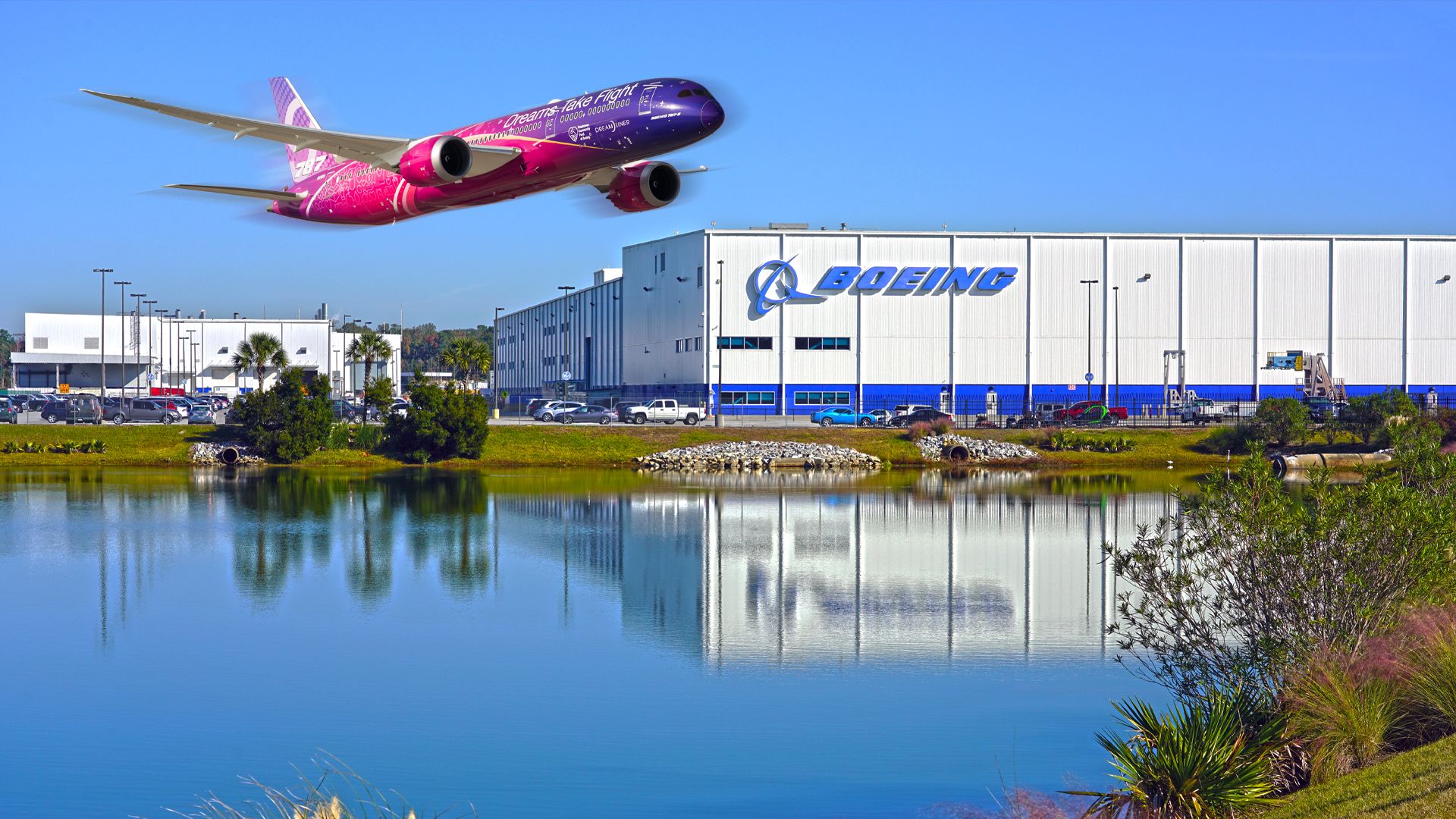Boeing is experiencing a significant resurgence in aircraft production as global demand for air travel continues to rise following the COVID-19 pandemic. The aerospace giant has adapted its operations across various facilities worldwide, enhancing its supply chain, which now includes over 5,000 suppliers in more than 150 countries. This expansion is part of a broader trend termed Globalization 4.0, which facilitates international cooperation in manufacturing.
The company’s production strategy reflects a dual approach: while Boeing is ramping up operations overseas, it is also relocating certain manufacturing processes back to the United States. Notably, Boeing is re-establishing ties with Spirit AeroSystems, one of its key suppliers, through a merger. This strategic move aims to improve quality assurance for the 737 MAX line, which has faced challenges in the past.
The Boeing Renton Factory: A Legacy of Efficiency
The Renton factory, located in Washington State, is touted as the most efficient aircraft manufacturing facility globally. With a rich history, it has produced over 14,000 jets, accounting for approximately 30% of the current global airliner fleet. The site is primarily focused on the 737 MAX and P-8 Poseidon assembly lines.
Despite past setbacks, including tragic accidents involving the MAX, the model has achieved record sales. The P-8 Poseidon serves as a military derivative of the 737-800, designed for submarine hunting and maritime patrol. As Boeing enhances quality measures, production output at Renton is expected to increase dramatically.
The Everett Plant: Home of the Jumbo Jets
Boeing’s Everett facility, also in Washington, holds the distinction of being the largest manufacturing building in the world by volume. Spanning 98.3 acres and containing over 472 million cubic feet of space, it is responsible for assembling the 747, 767, 777, and 787 jetliners. The 747, known as the “Queen of the Skies,” will cease production in 2023, making way for the development of the 777X.
The 767 was pivotal in establishing long-range twin-engine flying, leading to the development of the ETOPS regulations that allow twin-engine aircraft to operate transoceanic routes. The 787 Dreamliner, Boeing’s first clean-sheet design in decades, has become a cherished asset for airlines due to its efficiency and low maintenance costs.
In addition to the 787, the 777X is set to feature innovations such as the largest and most powerful engines in the world, alongside spacious interiors equipped with customizable LED lighting.
Expanding Reach: Boeing’s Global Presence
On the East Coast, the South Carolina facility in North Charleston specializes in the final assembly of the 787 Dreamliner. This plant employs thousands of technicians dedicated to producing one of Boeing’s most successful widebody aircraft. The 787 has garnered a reputation for its operational flexibility, allowing airlines to maintain profitability even during downturns.
Boeing has also established a joint venture with the Commercial Aircraft Corporation of China (COMAC) at its facility in Zhoushan, Zhejiang Province. This completion center focuses on the final assembly and outfitting of the 737 MAX for delivery to Chinese customers. Since its inception in 2015, the Zhoushan plant has been a vital part of Boeing’s strategy to engage with the growing Chinese aviation market, which accounts for a third of all 737 deliveries globally.
Despite facing challenges such as tariff-induced disruptions, the facility has processed around 100 aircraft annually since the first plane was delivered in 2018.
Quality Control and Future Production Plans
Following a quality control incident involving an Alaska Airlines 737 MAX jet in early 2024, Boeing has implemented enhanced safety and quality measures for its production lines. The airline industry remains cautious after the two fatal crashes in 2018 and 2019, which led to a global grounding of the 737 MAX fleet.
Boeing’s commitment to re-establishing trust and reliability is critical as it seeks to ramp up production. The company has instituted a monthly production cap of 42 planes, an increase from the previous cap of 38, as it aims to increase output in response to a substantial backlog of orders.
The 737 MAX remains one of Boeing’s most popular models, with significant orders from major airlines. Southwest Airlines, for instance, has ordered hundreds of the 737 MAX 7. The anticipated MAX 10 is expected to capture significant attention from airlines around the world.
As Boeing prepares to scale production, the focus remains on ensuring the highest safety standards while meeting the increasing global demand for air travel.
